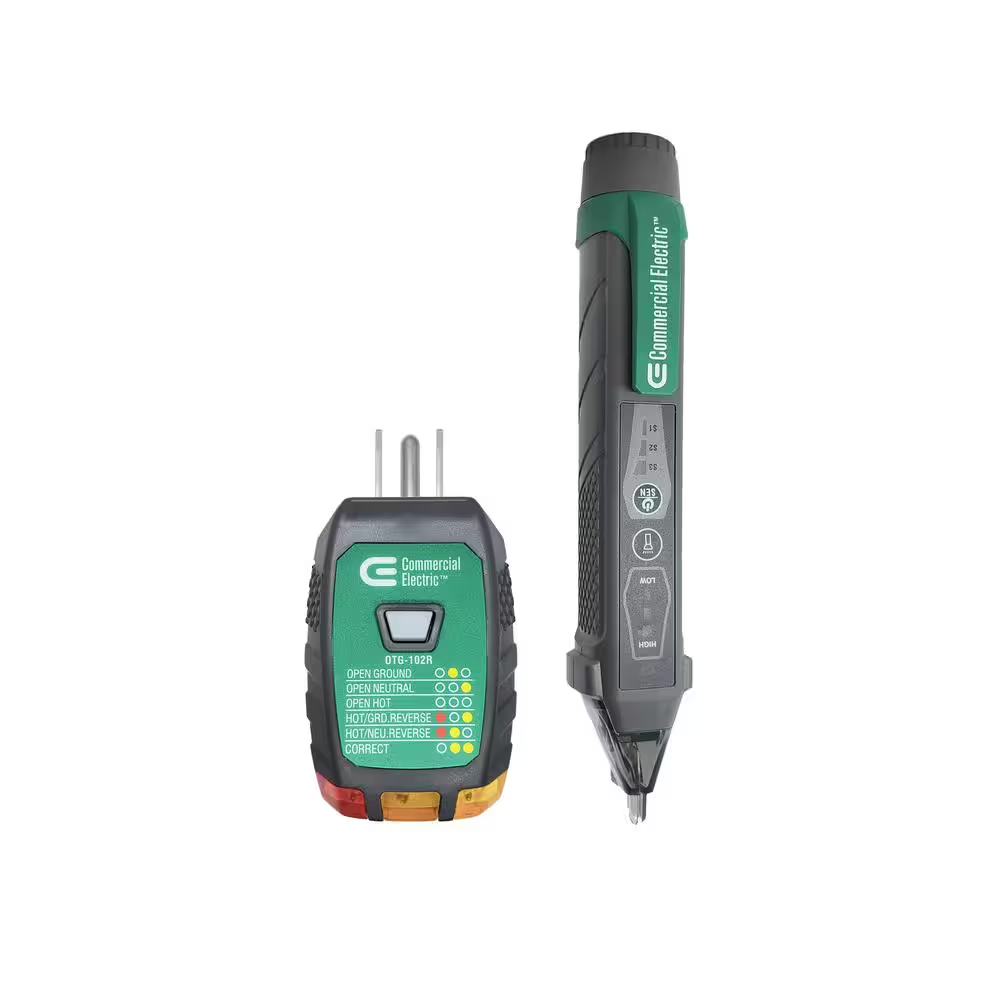Electrical testers are essential tools for anyone working with electrical systems. Whether you are a professional electrician or a DIY enthusiast, these testers can help you safely measure voltage, current, and resistance. However, misusing them can lead to dangerous situations or inaccurate readings. This article discusses common mistakes to avoid when using an electrical tester, ensuring your safety and improving your accuracy.
Not Understanding Your Tester
Familiarizing Yourself with the User Manual
One of the first mistakes people make is not reading the user manual. Each electrical tester has specific features, functions, and safety precautions. Understanding how your tester operates can prevent errors and enhance performance. Manuals often provide insights into proper operation, troubleshooting, and maintenance. Take the time to familiarize yourself with your tester’s capabilities. This will help you use the tool effectively and safely.
Ignoring Category Ratings
Many users overlook the significance of category ratings. Different ratings indicate the types of electrical systems for which the tester is suitable. For instance, CAT III is meant for distribution circuits while CAT IV is for high-voltage environments. Using a tester outside its rated category can lead to equipment damage or personal injury. Always check the category rating before using your tester on specific jobs. Understanding these ratings enhances your safety while working with varying voltages.
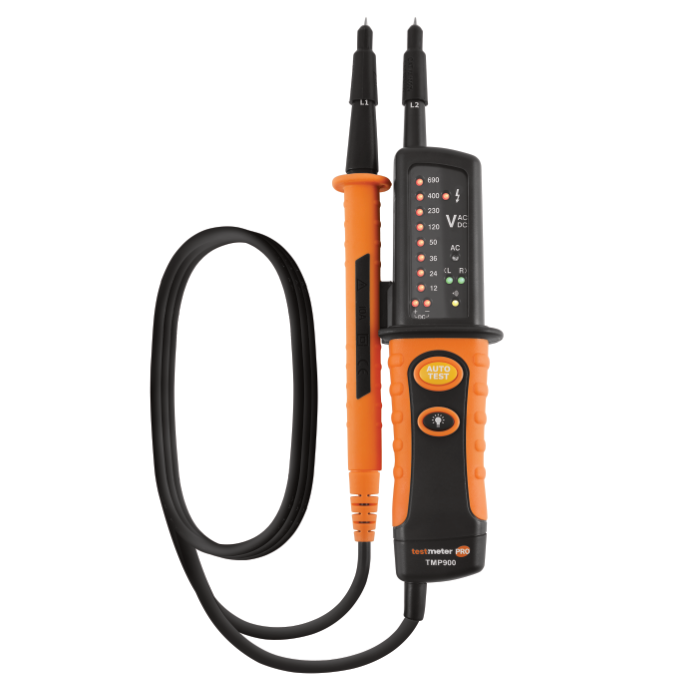
Skipping Safety Precautions
Forgetting Personal Protective Equipment (PPE)
Safety should always come first when working with electrical systems. A common mistake is neglecting to wear appropriate personal protective equipment (PPE). Protective gear may include insulated gloves, safety glasses, and appropriate footwear. Wearing PPE reduces the risk of electrical shocks and injuries. Even if you think your task is simple or low-risk, always wear your safety gear. This habit can save your life.
Not Testing the Tester First
Before using an electrical tester, it’s crucial to test the tester itself. Many users skip this step, leading to false readings. Testing the tester on a known live circuit verifies that it is functioning properly. This process ensures that your readings are accurate and reliable. Always perform this verification before tackling any task that involves measuring live components.
Using the Wrong Settings
Incorrectly Setting the Measurement Range
Another common mistake is using the wrong measurement range on a multimeter. Multimeters often feature multiple settings for voltage, current, and resistance. If you fail to set the correct measurement range, you may receive inaccurate readings or damage the tester. Always double-check your settings before taking measurements, especially in high-voltage scenarios. This precaution will enhance the accuracy of your readings.
Overlooking AC and DC Settings
Many testers are capable of measuring both AC (alternating current) and DC (direct current). However, some users forget to switch between these modes. Using the incorrect setting can lead to erroneous measurements or potential hazards. If you are measuring a circuit powered by alternating current, ensure your tester is set to AC mode. Conversely, for direct current measurements, switch to the DC setting. Being mindful of these settings will improve your accuracy and safety.
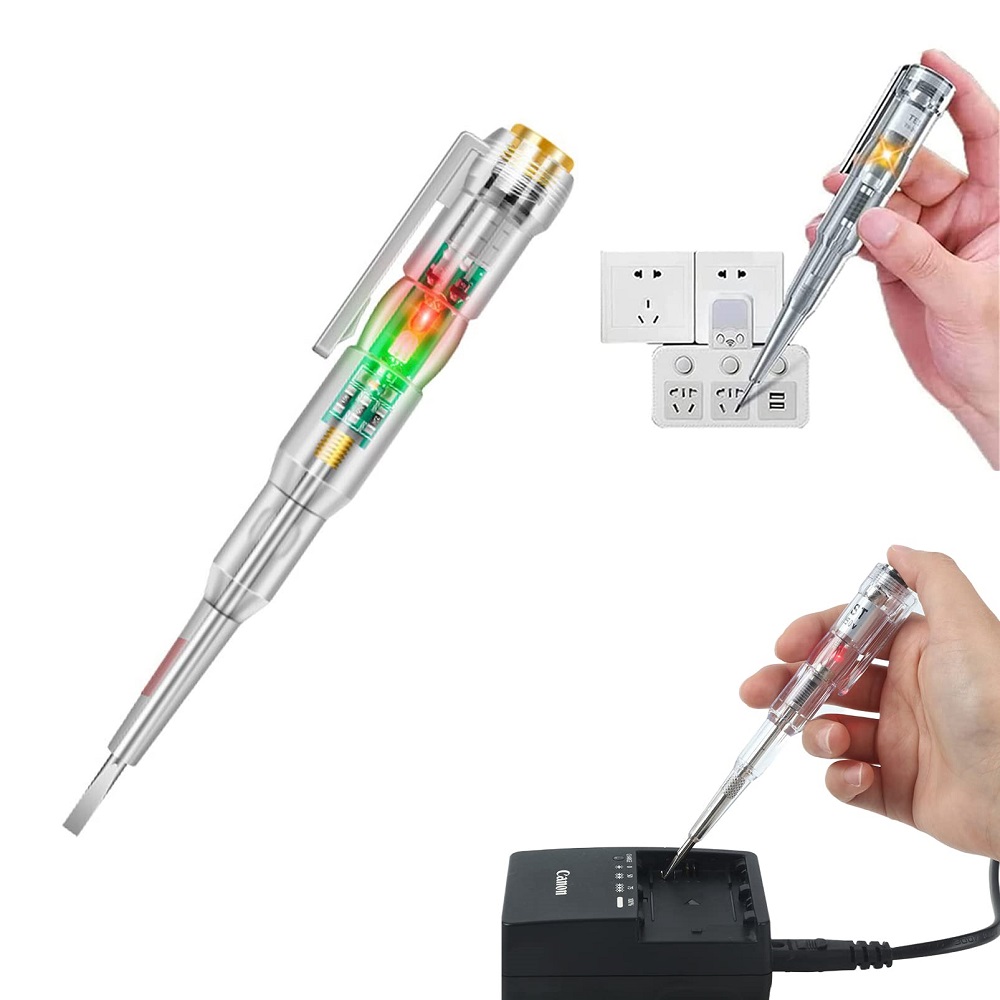
Poor Technique During Testing
Failing to Make Proper Connections
How you connect your tester makes a significant difference in the results. Users often make the mistake of not ensuring firm connections with test leads. Loose connections can result in intermittent readings, misleading you about the circuit’s status. Always make sure that your test leads are securely attached, both to the tester and the circuit being measured. Properly connecting your tester leads can provide clear and accurate readings without ambiguity.
Not Using the Correct Probes
Using the wrong probes can lead to inaccurate measurements and safety hazards. Electrical testers typically come with specific probes designed for various tasks. Thicker probes may be ideal for high-voltage circuits, while thinner ones may be more suitable for tight spaces. Using inappropriate probes can hinder your ability to take accurate readings. Always ensure that the probes you use are appropriate for the task at hand. This attention to detail improves your results and keeps you safer.
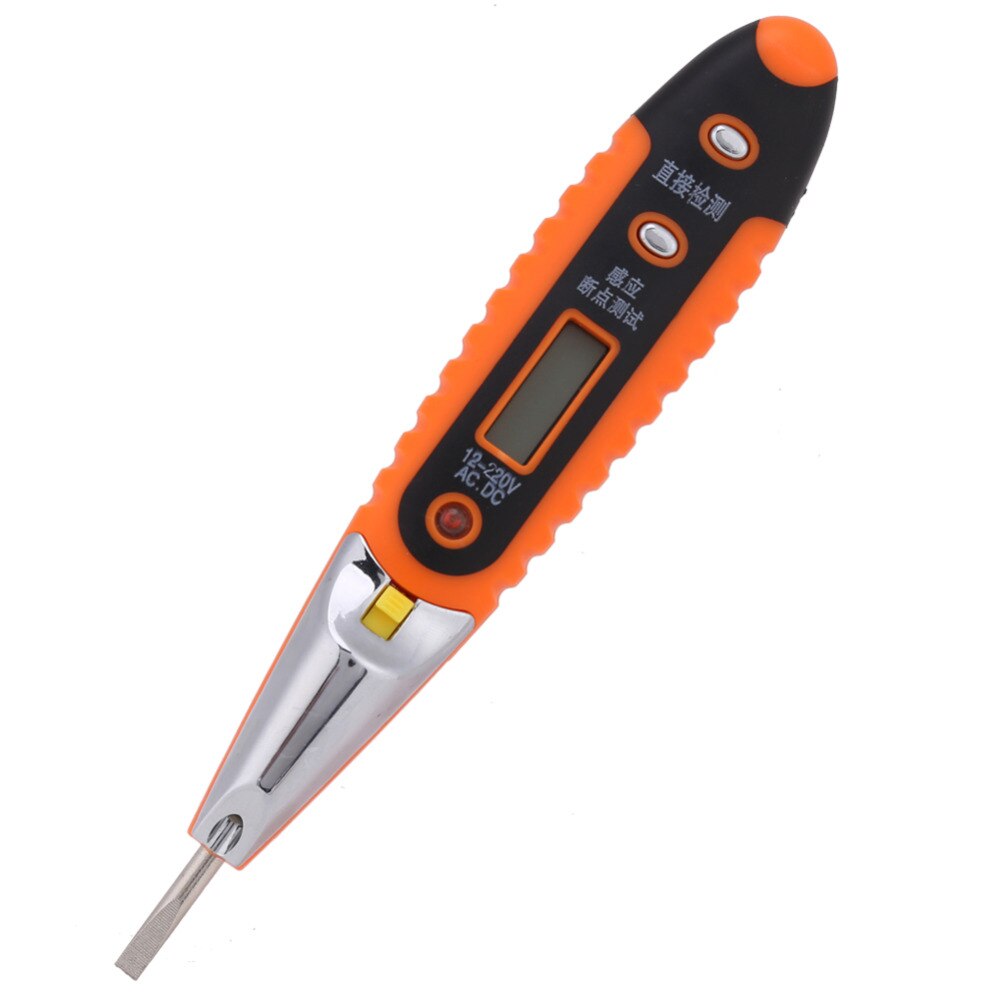
Ignoring Environmental Conditions
Working in Wet or Damp Areas
Many users fail to consider environmental conditions before testing electrical circuits. Working in wet or damp areas increases the risk of electrical shock significantly. If you must work in these conditions, ensure you follow strict safety protocols. Use insulated tools and avoid direct contact with conductive materials. Whenever possible, postpone testing in unfavorable conditions. This caution will safeguard you from unnecessary hazards.
Not Considering Equipment Location
The location of the equipment you are testing is also critical. Crowded or cluttered settings can obstruct your movements and create hazards. When testing, ensure that you have adequate space and can move comfortably. Additionally, be aware of nearby objects that could interfere with the testing process. Creating a clear workspace will allow you to focus on obtaining accurate readings while minimizing risks.
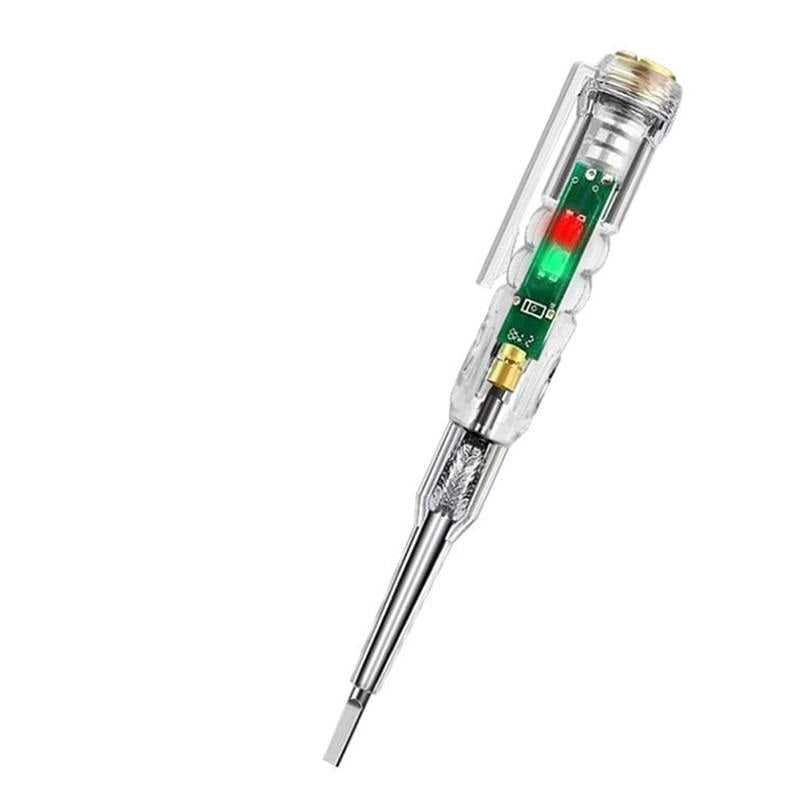
Not Keeping Testers Well-Maintained
Neglecting Regular Maintenance
Electrical testers require regular maintenance to function properly. A common mistake is neglecting this essential upkeep. Dust, debris, and moisture can accumulate in the tester over time, affecting its performance. Periodically clean your tester using soft cloths and appropriate cleaning solutions. If the tester has removable components, inspect them for wear and damage. Proper maintenance extends the life of your tester and enhances its accuracy.
Ignoring Calibration Needs
Calibration is vital for ensuring that your electrical tester provides accurate readings. Many testers need regular calibration, especially if they are used frequently. Users often ignore the calibration process, leading to unreliable measurements. Check the manufacturer’s guidelines for calibration schedules and procedures. If your tester requires recalibration, take the necessary steps promptly. This attention to calibration will help maintain the integrity of your work.
Over-relying on the Tester
Not Using Backup Tools
Relying solely on one type of electrical tester can lead to some issues. Many users make the mistake of not having backup tools available. If your primary tester fails or produces inconsistent readings, having a second tool on hand can save time and hassle. It can also help to cross-check readings, ensuring accuracy. To avoid surprises, consider investing in a couple of different types of testers. This practice offers both redundancy and the ability to tackle varied tasks more effectively.
Skipping Other Diagnostic Methods
While electrical testers are valuable tools, they should not be the only method used for diagnostics. Some users make the mistake of relying exclusively on testers without considering other diagnostic techniques. Understanding circuits and common troubleshooting methods can help you pinpoint issues more effectively. Always combine your testing methods with thorough knowledge of electrical systems. This holistic approach improves your efficiency and accuracy in diagnosing electrical problems.
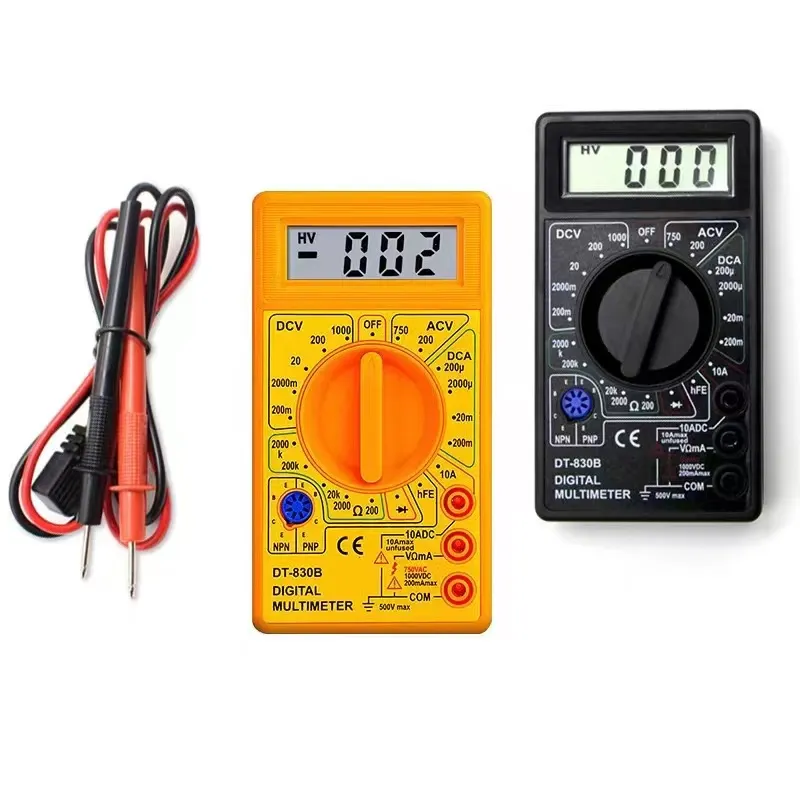
Failing to Update Knowledge and Skills
Not Keeping Up with New Technology
As technology evolves, electrical testers also undergo significant advancements. A common mistake among users is failing to keep up with the latest developments in testing tools and techniques. New models may include enhanced features, improved accuracy, and additional safety functions. Regularly investing time in training and education ensures that you stay informed about the capabilities and limitations of modern testers. Take the initiative to read up on new products, attend workshops, or participate in online forums discussing advancements in electrical testing. Staying current will not only improve your skills but also enhance the effectiveness of your work.
Ignoring Industry Regulations and Standards
Another frequent oversight is neglecting to stay informed about industry regulations and best practices. Safety standards, such as those established by the Occupational Safety and Health Administration (OSHA) or the National Fire Protection Association (NFPA), are essential for maintaining a safe working environment. Ignoring these regulations can lead to serious consequences, including accidents or legal issues. Ensure you understand the current regulations pertinent to electrical work in your area. Periodically review published materials or guidelines to refresh your knowledge. By adhering to these standards, you will improve your safety protocols and professional credibility.
Conclusion
Using an electrical tester requires attention to detail, understanding, and a commitment to safety. By avoiding common mistakes, you can ensure accurate measurements and enhance your safety while working with electrical systems. Familiarizing yourself with your tester, following all safety precautions, and utilizing the correct techniques will lead to a more effective and enjoyable experience.
Taking the time to understand your tools is an investment in your work. Each precaution you implement contributes to safer practices and more reliable outcomes. Electrical testing is an essential skill, and mastering it can help you avoid mishaps while ensuring successful results in your projects. Remember, a well-informed user is a safe user.
